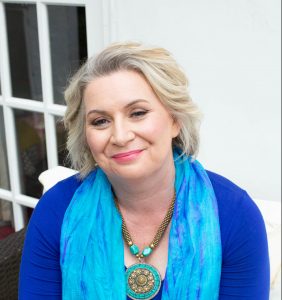At any stage in the coaching cycle, from the sales to intake to setting outcomes, right through to offboarding and closing the relationship, coaches can find themselves in or preparing for a tough conversation with their client. Before we look at how we can navigate these conversations, let’s look at what causes conversations to be difficult in the first place. The cause of any difficulty in conversations is usually, at some level, resistance, and you might be surprised to read that that resistance can come from the coach as well as the client.
Causes of client resistance can include:
Trauma
A client who has even mild trauma, which can lie hidden beneath the surface of an apparently highly functioning individual, might resist change or growth. Clients with trauma often have deeply ingrained survival strategies that they will cling to at all costs. When you notice your client throwing up “buts” or any other resistance, check if they have any emotional trauma and clear that up first. If you don’t have a proven technique to do this or it is beyond your remit, then refer them out for this part of the process.
Emotional triggers
When a client has trauma, painful emotions can easily be triggered when you give them tasking that involves new behaviours. The root of all successful coaching will require some level of behaviour change or new actions for them to take. If they become emotional in any way, angry, defensive, frustrated, tearful, or anxious, this is a sign of triggered emotions usually caused by trauma.
Cultural differences
Different cultures have unique communication styles, norms and expectations. It can be helpful to research this or even ask your client about it. This can not only assist the coaching process but can also assist the client in other areas of their life, as becoming aware that any communication difficulties they have had in the past might simply be due to cultural differences can be eye-opening for them.
Having a fixed mindset
Clients who have a fixed mindset believe that their abilities are limited and growth is not possible. Even though this may be outside of their conscious awareness, it will show up as fear of failure, resistance to stepping out of their comfort zone or taking risks. They may also resist constructive criticism, as those with a fixed mindset can experience it as a personal attack rather than as a tool for growth.
Values conflicts or goal misalignment
Do you have the same vision for your client as they do? If your client’s goals for themselves are very different to yours, they will, unsurprisingly, resist. The client may feel torn between their own values and those of the coach. They may also feel that the coaching process is not meeting their needs or desires.
Miscommunication or communication barriers
Resistance can be caused by lack of clarity between the client and the coach. Are you both clear on what is being conveyed and received? Are they confused? Have any assumptions been made that need clearing up? Are there any unresolved conflicts that need to be addressed before you can move on?
How to prevent and navigate through resistance
Any good coaching training will include the obvious skills: rapport building, active listening, emotional intelligence, framing and pre-framing, using problem solving language and techniques. So let’s explore some of the less well-known ways to prevent and navigate resistance.
Dream Analysis
Dreams are a communication hotline to and from the unconscious mind. They offer a rich source of information and solutions, even if it is shrouded within the symbolism of the dream. Encourage your client to record their dreams and find their personal meaning in them. Invite your client to note down their dreams and include any symbols within them. The key to success here is to allow the client to find the meaning and messages and avoid telling the client what any particular symbol might mean.
Nature-based coaching
A change of environment can open up new possibilities, and time in nature has been shown to create changes in the brain. Take your clients out into nature. Even a walking session in the park can expand possibilities. In addition, moving the body can also shift the mindset, which can also loosen up, remove or re-frame resistance.
Rituals and Ceremonies
Incorporating rituals gives clients a tangible experience to mark or navigate difficult or significant moments. They deepen their experience of a situation, cultivate empowerment, enhance their resilience and create powerful shifts in mindset. Rituals work through symbolism. Objects, symbols, and actions all represent something significant for the client and their change process. Something as simple as lighting a candle, writing their blocks down and burning or burying the paper, creating and saying an empowering phrase or mantra, using a power pose, or hand gestures are all ways you can incorporate the power of ritual in your coaching.
Breathwork
Breath is a process that is controlled both by the conscious and unconscious mind. Breathwork can be used to energise or relax, bring focus, and increase self-awareness as well as regulate emotions.
Alternating nostril breathing, performed by closing alternate nostrils with the thumb or forefinger, is said to energise the body, release tension and restore mental clarity. Breath counting is as simple as it sounds, counting whilst focussing on the breath. Start with a count of 4 for each inhalation and exhalation. Increase the count on each breath. This increases mindfulness, improves concentration and brings clients into the present moment, as well as cultivating a calm and centred state of mind.
Ujjayi Breathing, also known as Victorious Breath, comes from the yoga traditions. This involves a slight constriction in the back of the throat and creating a gentle “ocean-like” sound. It can also sound a little like Darth Vadar, but he’s powerful even if it’s rather misdirected! This breath generates inner strength and can be helpful to access resilience, and boost self-confidence.
Mindfulness and meditation
Increases present moment awareness, deepens self-reflection and assists the client to manage their thoughts, emotions and actions. It can enhance your coaching by increasing clarity and focus, leading to meaningful insights and transformative growth.
Begin by introducing basic mindfulness practices such as breathing, body scans or simply paying attention to only what is present right now.
Encourage the client to be aware of their thoughts racing to the future, or wandering back to the past, cultivating the ability to observe thoughts, emotions and sensations without judgment. Introduce moments of stillness in your sessions and encourage your client to incorporate mindfulness practices into their regular daily routine.
Exploring archetypes
Whether it’s Jungian, Tarot, or Star Trek characters, bringing in the concept of archetypal personality and behavioural qualities is a powerful way to shift resistance, by encouraging the client to deepen their self-reflection.
Pick a theme with your client. Ask them who they feel they need to be to overcome their resistance. Invite them to get clear on the beliefs, mindset, qualities, attitude and behaviours of their chosen archetype.
Encourage your client to embody the archetype or simply ask “what would Spock (or whoever it is) do here?” This works on the Jungian principle that anything they can perceive in another is within themselves. All the coach needs to do is to assist their client to actualise and activate that within them.
Train in additional resistance clearing techniques:
e.g. Conscious Emotional Transformation
Conscious Emotional Transformation has emerged from the fields of neuroscience and the studies of consciousness and spiritual practices. It can remove obstacles, blocks and resistance rapidly, anything from a few minutes to a few hours, depending on how deep you and your client wish to go. It uses the same principles of neuroplasticity that installs blocks and even trauma to remove it, so it is as if the problem never existed.
The other bonus of CET is that it can also create growth and increase emotional resilience.
A good coach has good skills, a great coach keeps learning new skills all the time and stays ahead of the pack. Resistance is and always will be part of the coaching process.
If your client didn’t have resistance somewhere, they wouldn’t need a coach. When resistance arises, it isn’t a problem or a sign that you or your client are doing something wrong. On the contrary, it’s a sign everything is going right! If your client doesn’t hit or nudge up against some kind of resistance, then you’re likely not fully doing your job as a coach.
Celebrate finding what has been holding them back all these years. The calling for us as coaches is to be brave and courageous, as we fearlessly support and guide our clients through their resistance so they can finally achieve the success they have so long yearned for.
Dr Lisa Turner








